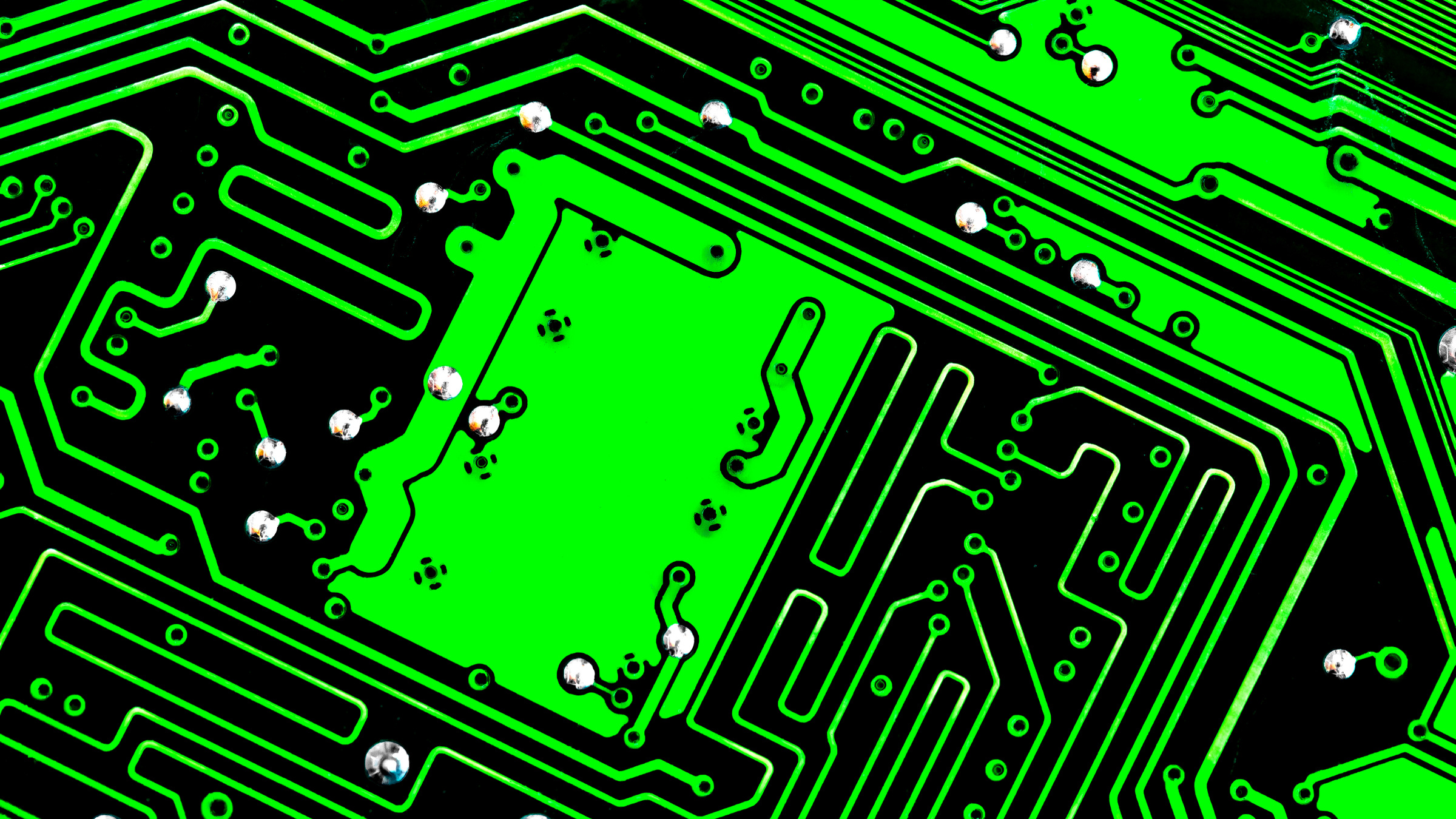Green computing, sometimes known as sustainable computing, is an IT strategy that reduces the environmental impact of IT infrastructure and maximizes energy efficiency.
In this post, we will investigate energy-efficient software, server virtualization, and the importance of cloud computing to create a more sustainable future for the IT sector. We will also discuss how green computing and eco-friendly computing practices tackle high power consumption and mounting e-waste to help meet ‘Net Zero’ targets.
Green Computing: Explained
The demands placed on the IT sector are high. Very high. Businesses and organizations require systems that can process astounding amounts of data and support countless users and devices, all while maintaining impeccable performance at all times—with no downtime.
These demands also need to be balanced against strict environmental targets, creating the biggest challenge the technological age has ever seen. This has resulted in a big rethink in terms of IT infrastructure and strategies, with a shift towards cloud computing and other innovative solutions.
Hence, green computing is a general term for boosting energy efficiency in the IT sector and minimizing any environmental impact by optimizing computer systems and software. This concept has led to changes in the way IT infrastructure and software are designed, as well as addressing the supply chain in the manufacture of computer systems. It considers the sourcing of the original raw materials, all the way through to how old computers are recycled.
In essence, the goal of green computing is to deliver the greatest performance for the least amount of energy.
Green Computing and Climate Change: Reducing Power Consumption
Climate change presents a constant threat that can have an irreversible impact on the planet. Global temperatures have risen by 1.2°C over the last 100 years. This is causing ice caps to melt, resulting in sea levels rising by around 20 centimeters. As a result, extreme weather events are becoming more prevalent and more severe.
The high amount of carbon emissions released into the atmosphere is the key contributor to climate change. Electricity usage creates significant amounts of carbon each year, with the data centers that power the IT sector making up around 1 to 1.5% of global energy consumption. Although this may sound low, it is significant and the demand for data centers is expected to increase.
To combat this threat, IT infrastructure needs to be much more efficient while still being powerful enough to meet the demands of the population. This requires advanced technology, combined with enterprising strategies to reduce power consumption and ensure a sustainable future.
Making a Difference Step by Step
Even the everyday consumer can help to make a difference, such as small website owners. WordPress, for example, holds a significant share of the CMS market, supporting more than 60,000 free plugins—some of which are focused on sustainability. These plugins allow you to easily implement a button for donating to various green causes, such as addressing climate change.
However, sometimes to truly make a difference, you have to go back to the source. Many webmasters have taken steps to find a greener hosting provider, favoring providers that are upfront with third-party carbon audits, provide a variety of hosting locations to minimize their impact, support green initiatives, and follow sustainable working practices.
Many hosting providers also offer server virtualization solutions, in the form of virtual private servers, better known as VPS hosting. This type of hosting supports the transition to cloud computing, an overall more efficient and eco-friendly approach.
E-Waste Management
E-waste has also become a significant challenge, with the amount of electronic devices going to landfills becoming unmanageable, which can have a serious environmental impact. This is because electronic devices contain toxic chemicals and heavy metals that contaminate soil and water supplies over time.
To bring a halt to the worrying trend of mounting e-waste, organizations that have adopted green computing policies adhere to the ‘three R’s’—reduce, recycle, and reuse.
This encourages organizations to:
- Reduce their energy consumption through better management.
- Reuse existing devices as much as possible.
- Implement responsible recycling processes when a device reaches the end of its lifecycle.
The Building Blocks of Green Computing
To successfully integrate a green computing future, organizations must utilize advanced technologies to deliver high performance for the minimum amount of energy expenditure.
Three key elements that act as the building blocks of green computing are energy-efficient software, server virtualization, and cloud computing.
Energy Efficient Software
Creating energy-efficient software, referred to as green development is critical to powering the IT infrastructure of the future. Software is required for a wide range of devices to function, from cloud servers to Internet of Things (IoT) devices, and the everyday essential, the smartphone.
The key to making software more energy efficient is optimizing the Central Processing Unit (CPU) usage. By optimizing the processing unit, all other parts and functions within a computer become more efficient by default, as fewer computational resources are being used.
Optimizing and streamlining code is a simple way of making software more efficient, as this reduces the amount of time required to process it. However, more advanced techniques are also used, such as parallelism. This allows a large number of processes to be carried out simultaneously, resulting in higher speeds, thus reducing the amount of time, resources, and energy needed for a computer to function.
Server Virtualization
Server virtualization is a software architecture that makes it possible for multiple server operating systems to run as a guest on a single physical server—creating a virtual machine (VM). Organizations can then connect to this VM regardless of their geographical location.
VMs are powered by a virtual clone of the physical server’s hardware, creating more virtual memory and computational resources, making it possible to multiply resources without increasing physical infrastructure.
The key benefit of server virtualization is that it enables more efficient usage of IT resources. Avoiding the traditional problem of hardware being over- or under-utilized in a datacenter. This virtual environment makes it easy to move workloads between different virtual machines according to the current load, making optimal use of hardware.
Cloud Computing
Cloud computing is the delivery of computing services over the Internet, including servers, networking, databases, and everything else needed to provide organizations with the IT resources they need. This means data and resources are accessed from a remote location, and the virtualized nature of cloud computing means services can be scaled and customized as needed.
Cloud computing relies on datacenters to provide resources, and these datacenters are made up of a large number of servers, cabling, cooling systems, and networking equipment—requiring vast amounts of energy. To counter this energy dilemma, datacenters employ a range of techniques and strategies to minimize consumption.
These techniques include:
- Dynamic Voltage and Frequency Scaling (DVFS)—Allowing computer systems to perform necessary tasks with the minimum amount of required power.
- Virtual Machine (VM)—The virtualization/emulation of computer systems.
- Migration and VM Consolidation—Enables the live transfer of a virtual machine to another physical machine without disruption.
- Advanced Algorithms—Such as Maximum Bin Packing, Power Expand Min-Max and Minimization Migrations, and Highest Potential Growth.
Flexibility is also at the heart of green computing, with many organizations pushing to have more freedom to leave vendors that do not operate sustainably. Hence, it’s no surprise that vendor lock-in is the number one cause of both resource waste and cost overruns for small businesses, which is why eliminating these restraints is a priority for many.
Conclusion
To ensure a sustainable future, IT services need to adapt to become more energy-efficient. This means making use of virtualization to make the most of existing resources, optimizing software so it can be processed quickly, and reducing the amount of physical hardware that is in circulation.
Furthermore, organizations need to assess how they deal with factors such as e-waste, sustainable recycling techniques, and measures to extend the lives of existing hardware.
By making this transition, the carbon footprint of the IT sector can be greatly reduced, while still offering an extremely high level of performance to its users.

Alex Williams is a seasoned full-stack developer and the former owner of Hosting Data UK. After graduating from the University of London with a Masters Degree in IT, Alex worked as a developer, leading various projects for clients from all over the world for almost 10 years. Alex has recently switched to being an independent IT consultant and started his technical copywriting career.




Join the Discussion (0)
Become a Member or Sign In to Post a Comment